Paulo Flório Giafarov paulo@dggstones.com
Director DGG Stones, Brazil and Vice-Presidente WONASA (World Natural Stone Association)
From the most remote times, we know about the extensive use of natural stone. We could mention several ancient monuments that can still be admired, such as the Pyramids in Egypt (2,700 b.C), the Parthenon in Greece (500 b.C), the Great Wall of China (270 b.C), and the Colosseum in Italy (70 A.D.). All of these and other legacies of mankind were built in an entirely artesanal way, but based on the human capacity to create shapes and patterns for each of the works that were executed.
With the advent of the industrial revolution in 1858, allied to a progressive mentality, the extraction and fabrication processes went through a sudden modernization, and natural stone became less of a constructive element to become a cladding element. That is: people started to use less massive pieces and more thin pieces. This process has been evolving until now, when the new, state-of-the-art equipment can saw a block in a few hours and polish a slab in a few minutes, not to mention waterjet machines, CNC machines, and robots that can execute any job in a short time.
Are we taking full advantage of this technology? Did we start thinking about the world in merely simple shapes and patterns? Aren’t we forgetting anything? The answer to these questions may be summed up in a simple word: CREATIVITY. We have all the technology available, enabling us to create the most diverse shapes and patterns, in any thickness we want, in the most diverse finishes, all of that allied to the countless number of new stones in the market and the ones that are released every year in fairs around the world, but we use very little of that which our ancestors had plenty: CREATIVITY
In ancient times, the companies opened room inside the factories for artists, young or consecrated, giving them blocks of stone and allowing them to create their work, with all the freedom of expression that human beings should enjoy. Michelangelo once said: “Each block of natural stone has a statue inside it , and it is the role of the artist to find it”.
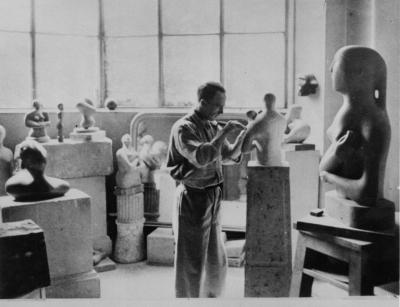
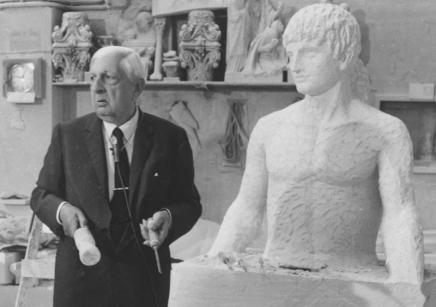
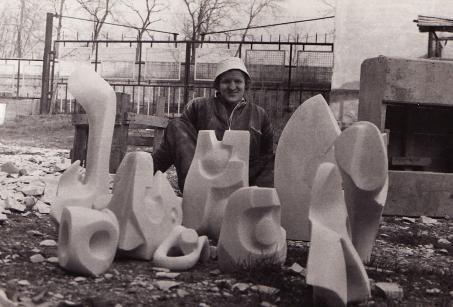
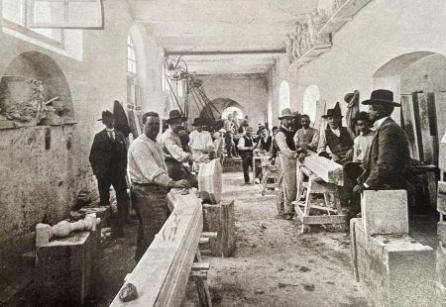
Countless applications for natural stone can be described, from the most known in the market to those that are being released and those that may be created, depending only and exclusively on the CREATIVITY of the architect, designer, or artist.
What can we “extract” from natural stone using CREATIVITY? Massive pieces: lavatories, tables, fireplaces, benches, armchairs, lamps, wall brackets, abat-jours, shelves, utensils for kitchen and bathroom, cellars, partitions, blinds, wall cladding, etc… in a few words: countless applications!

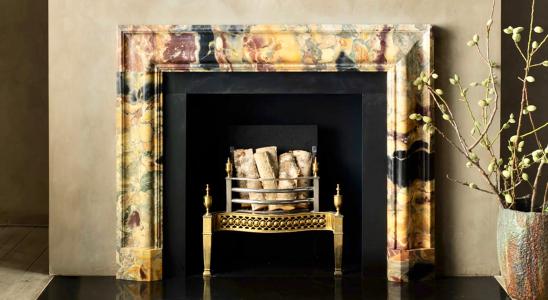
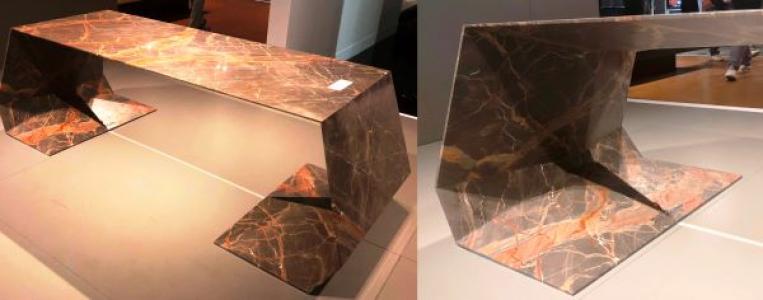
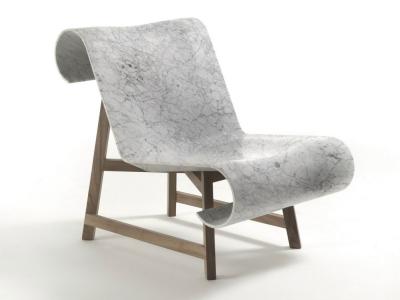
We may not forget that, from the elements of classic design in ancient times to the elements of modern design, there has been a radical change. However, that change is part of a new, more organic, dynamic world, in accelerated movement.
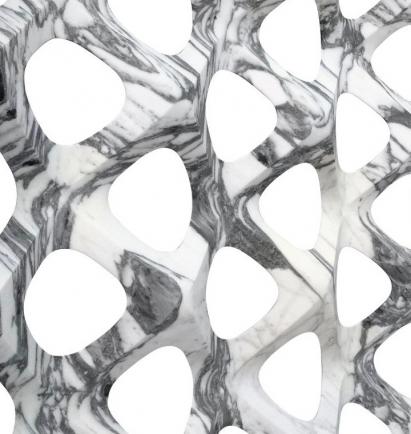

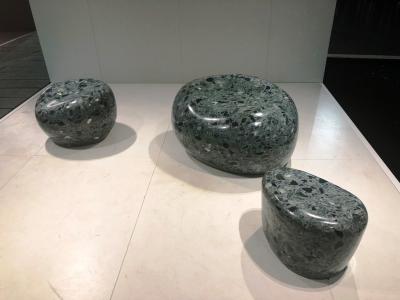
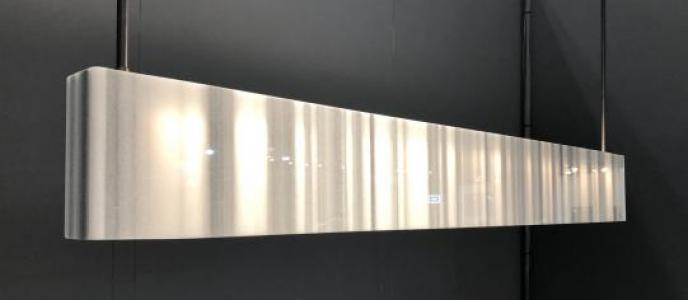
The images shown in this article give us a better dimension of what can be reached with all the available technology. Distinctive geometric shapes and the most diverse thicknesses and finishes may be obtained with the available tools. All we need is o use our gift: CREATIVITY. We should encourage people to créate new elements, new shapes, and new applications for natural stone. In a few works, encourage them to let flow this incredible gift from GOD.
